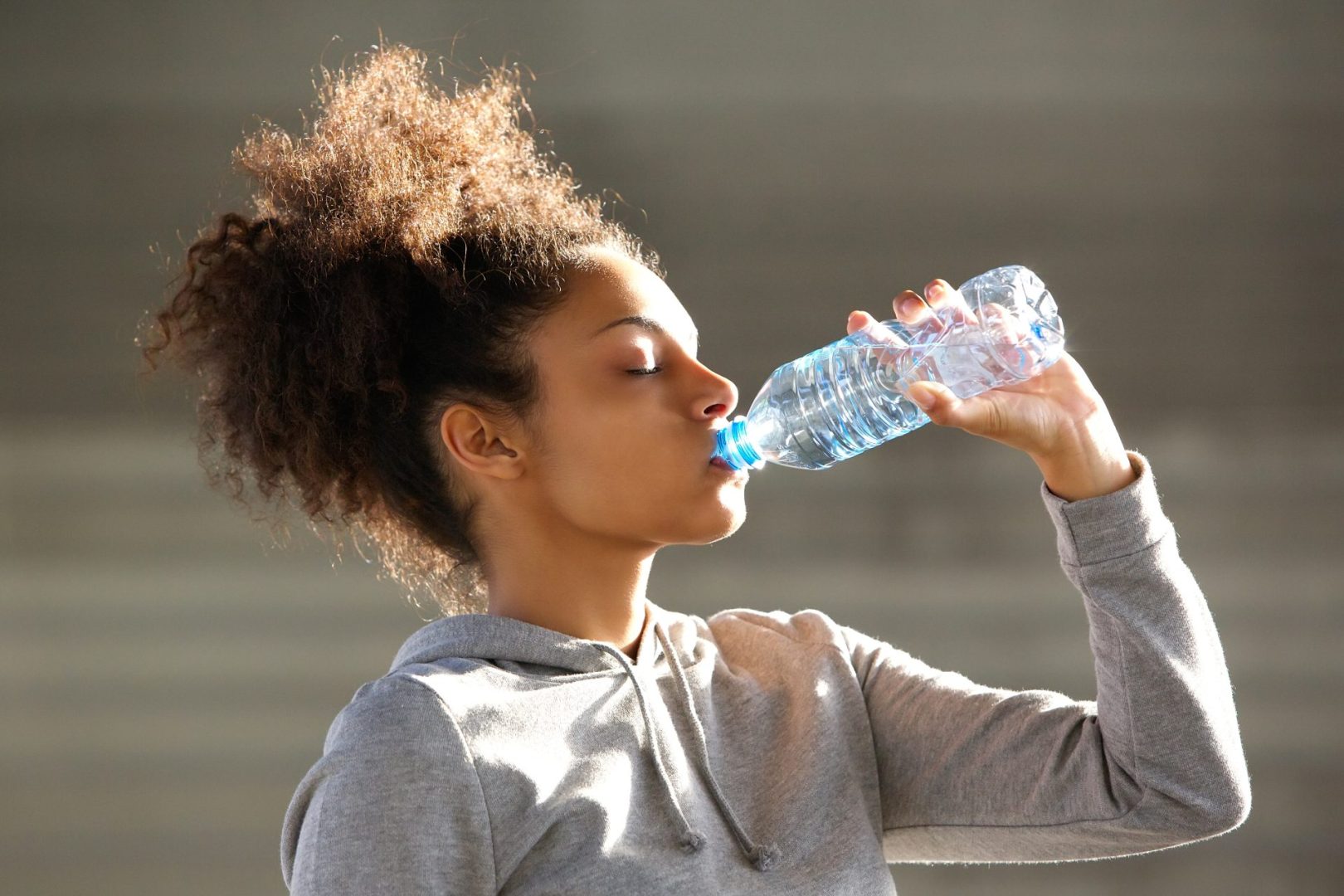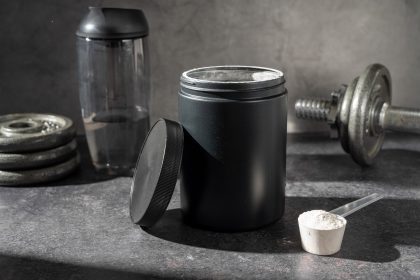Recent scientific investigations have revealed compelling evidence about the impact of strategic hyperhydration on athletic performance. This advanced approach to hydration extends beyond traditional water consumption, incorporating precise timing and specific nutritional elements to optimize body fluid levels before intense physical activity.
Understanding fluid optimization science
Research demonstrates that the human body requires careful calibration of fluid levels to achieve peak performance. Athletic performance studies indicate that proper hyperhydration can increase blood plasma volume by approximately 1.5 percent of total body weight, creating a physiological advantage during prolonged exercise.
Medical research confirms that this enhanced fluid state provides multiple benefits for athletes. Increased blood volume reduces cardiovascular strain during intense activity. Lower core body temperature helps maintain performance in challenging conditions. Enhanced sweat rates enable more efficient cooling mechanisms during exercise.
Strategic timing maximizes benefits
Scientific evidence indicates five crucial timing windows for implementing hyperhydration protocols. The first window opens four hours before intense activity, requiring careful fluid and electrolyte intake. The second phase occurs two hours pre exercise, focusing on maintaining optimal hydration levels. The third window addresses immediate pre exercise preparation. The fourth period covers activity duration. The fifth window ensures proper recovery hydration.
Research suggests that each timing window requires specific approaches to fluid intake. Athletes must calculate individual needs based on body weight, measuring between 5 to 7 milliliters of fluid per kilogram during the initial phase. Subsequent phases require adjusted volumes based on exercise intensity and environmental conditions.
Electrolyte balance creates foundation
Sports medicine research emphasizes the crucial role of sodium in effective hyperhydration strategies. Scientific studies indicate optimal sodium concentrations between 2990 to 3772 milligrams per liter of fluid for maintaining proper cellular fluid balance. This precise measurement prevents excessive fluid shifts that could impair performance.
Professional athletes often incorporate specific nutritional strategies to achieve these sodium levels. Sports nutritionists recommend consuming sodium rich foods like broths and soups rather than relying solely on supplementation. This approach helps maintain steady absorption rates while providing additional nutritional benefits.
Individual factors influence protocols
Research reveals significant variations in individual response to hyperhydration protocols. Body composition affects fluid distribution and retention rates. Environmental conditions impact sweat loss and hydration needs. Previous training experience influences adaptation to increased fluid volumes.
Scientific studies demonstrate that female athletes may require modified approaches due to hormonal fluctuations affecting fluid balance. Research gaps exist regarding specific protocols for different populations, emphasizing the importance of personalized strategies based on individual factors and careful monitoring of responses.
Performance benefits emerge from research
Clinical studies document multiple performance advantages from proper hyperhydration implementation. Athletes demonstrate improved endurance capacity during prolonged activities. Cardiovascular efficiency increases as the body maintains optimal blood volume. Thermal regulation improves through enhanced sweating capacity.
Research indicates that properly hydrated athletes maintain better cognitive function during extended exercise. Decision making abilities remain sharper as fatigue sets in. Reaction times stay more consistent throughout performance duration. These mental benefits complement physical advantages of maintaining proper hydration status.
Monitoring ensures safety and effectiveness
Sports scientists emphasize the importance of careful monitoring during hyperhydration protocols. Regular weight measurements track fluid retention levels. Urine color provides quick feedback about hydration status. Thirst signals help fine tune individual protocols.
Medical professionals recommend tracking specific markers during implementation. Athletes should monitor heart rate responses during exercise. Sweat rate calculations inform fluid replacement needs. Performance metrics help evaluate protocol effectiveness.
Creating sustainable protocols
Research based recommendations help athletes develop sustainable hyperhydration practices. Sports nutritionists suggest gradually increasing fluid intake to allow adaptation. Regular monitoring enables protocol refinement based on individual responses. Consistent implementation helps establish effective routines.
Scientific evidence supports combining hyperhydration with proper nutrition timing. Carbohydrate intake affects fluid retention capabilities. Protein consumption influences cellular hydration status. Strategic meal timing optimizes overall protocol effectiveness.
The science of athletic hydration continues evolving as new research emerges. Current evidence strongly supports careful implementation of hyperhydration protocols for specific athletic endeavors. Understanding both the benefits and limitations helps athletes maximize performance potential while maintaining safety during intense training and competition.

















